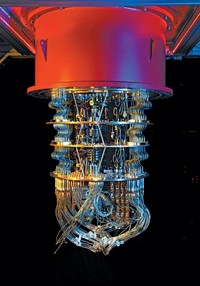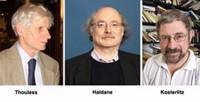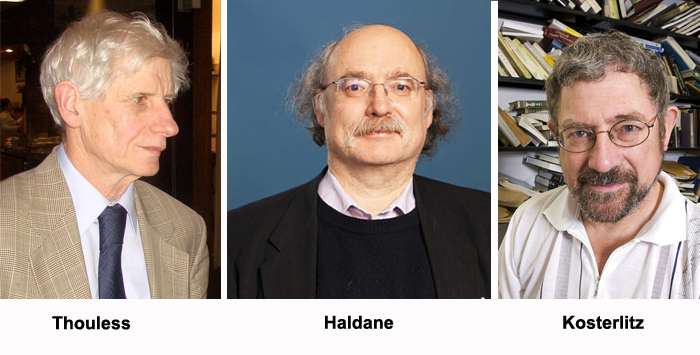Advertisement
Grab your lab coat. Let's get started
Welcome!
Welcome!
Create an account below to get 6 C&EN articles per month, receive newsletters and more - all free.
It seems this is your first time logging in online. Please enter the following information to continue.
As an ACS member you automatically get access to this site. All we need is few more details to create your reading experience.
Not you? Sign in with a different account.
Not you? Sign in with a different account.
ERROR 1
ERROR 1
ERROR 2
ERROR 2
ERROR 2
ERROR 2
ERROR 2
Password and Confirm password must match.
If you have an ACS member number, please enter it here so we can link this account to your membership. (optional)
ERROR 2
ACS values your privacy. By submitting your information, you are gaining access to C&EN and subscribing to our weekly newsletter. We use the information you provide to make your reading experience better, and we will never sell your data to third party members.
Materials
Nobel Prize In Physics
Pair shares prize for discovery that enabled high-density computer hard disks
by Rachel Petkewich
October 15, 2007
| A version of this story appeared in
Volume 85, Issue 42

The 2007 Nobel Prize in Physics has been awarded to two researchers who independently discovered a physical effect—giant magnetoresistance (GMR)—that led to a new technology for reading data on computer hard disks, as well as a new field of science, magnetoelectronics or spintronics.
Albert Fert of France's National Center for Scientific Research (CNRS) and the University of Paris-Sud, in Orsay, France, and Peter Grünberg of the Research Center Jülich, in Germany, will share the $1.5 million prize.
The Fert and Grünberg research groups discovered GMR independently in the late 1980s, using different combinations of nanometer-thick layers of magnetic iron and nonmagnetic chromium. When they placed the materials in an external magnetic field, the researchers observed a large change in the materials' electrical resistance that surprised the physics community; that is, they observed GMR.
GMR is one of the more important discoveries of the last couple of decades, says Venkatesh Narayanamurti, a physics professor and dean of the School of Engineering & Applied Sciences at Harvard University. The researchers' exploration of thin-film materials played an important role in the discovery of GMR and its development as a technology, he adds.
Magnetic sensors based on the GMR effect that could access information stored on high-density computer hard disks were introduced in 1997. Now, some music players are also based on this technology. The sensors read tightly packed data on hard disks by detecting the magnetic fields associated with the aligned electron spins of magnetic bits on the disk.
The sensors themselves were developed by IBM researchers. One of them, Stuart Parkin, is generally regarded as the most significant person in bringing GMR from the laboratory into commonly used devices. In 1994, the American Physical Society recognized Fert, Grünberg, and Parkin for their scientific achievements in GMR and related technology with the James C. McGroddy Prize for New Materials.
GMR also helped launch a new area of fundamental research called spintronics, says Stuart Solin, a physics professor and director of the Center of Materials Innovation at Washington University, St. Louis. In spintronics, electron charge and spin are manipulated to affect the properties and capabilities of magnetic materials including information storage and transmission. Work by Fert, Grunberg, and others "has advanced our understanding of the quantum mechanical consequences that spin properties have on the behavior of materials," Solin says. "Their discovery stimulated a huge amount of effort worldwide to explore these consequences."
When Grünberg was asked by the Nobel Foundation which application of GMR is most interesting, he described how various researchers are currently exploring GMR devices for detecting and selectively separating genetic material. "This is a topic that is very broad, and if it works, it will have many applications," he said.






Join the conversation
Contact the reporter
Submit a Letter to the Editor for publication
Engage with us on Twitter